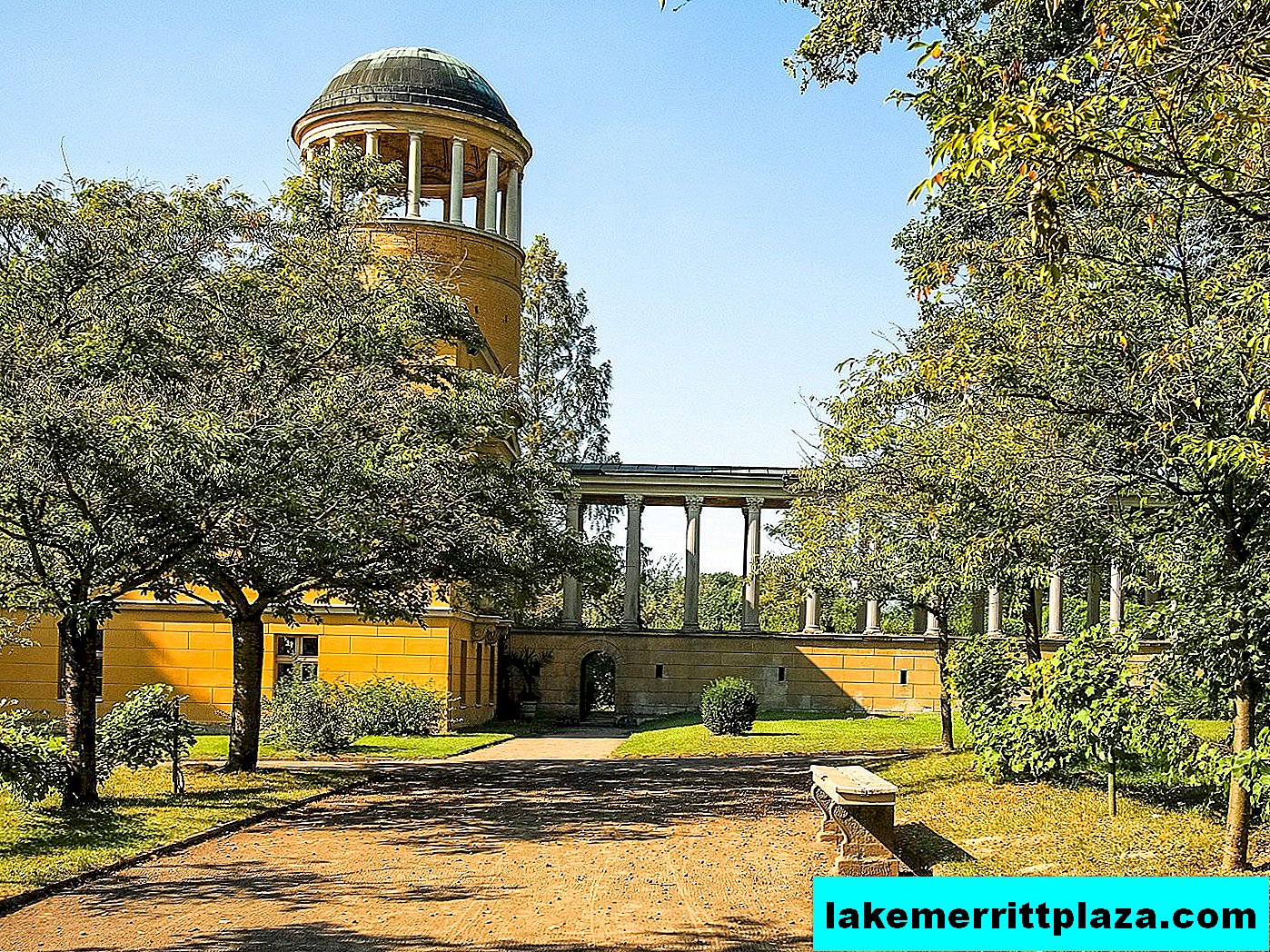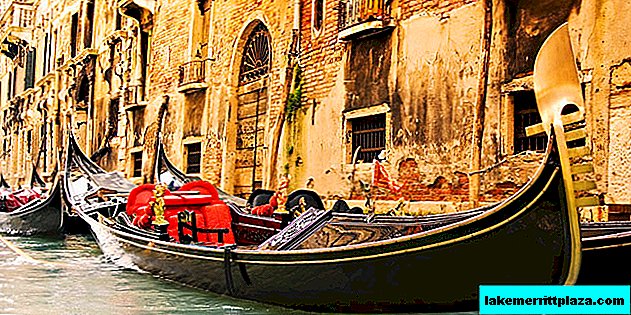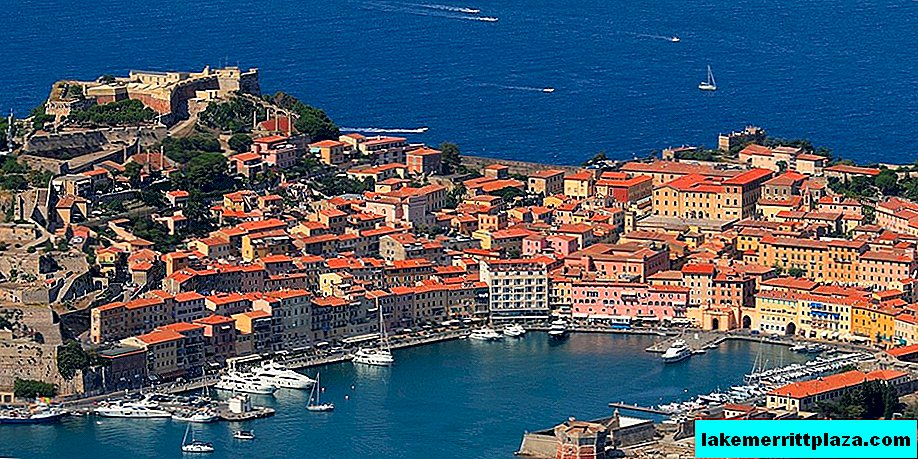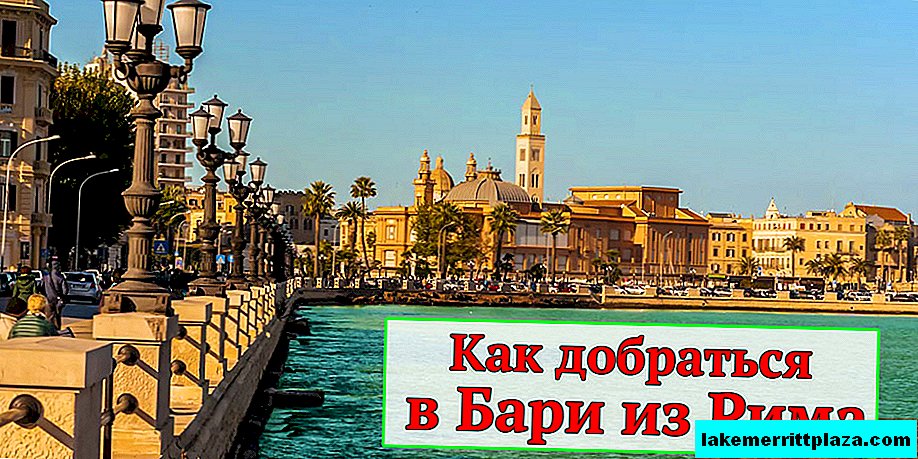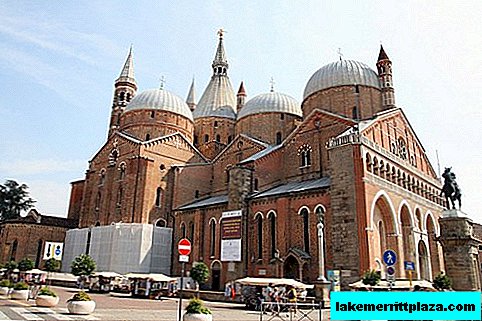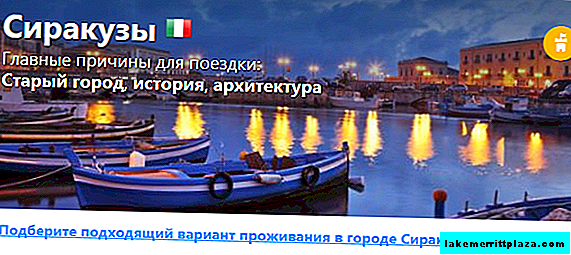The Capitol Square in the past is the center of the political life of Ancient Rome. Today it is one of the most holistic and harmonious Roman squares. Designed by her brilliant Michelangelo Buonarotti.

Capitol Square and Cordonate Staircase
For centuries
The Capitol Square (Piazza del Campidoglio) is located on top of the Capitol Hill. In the days of Ancient Rome, the Capitoline Temple stood here. The Senate sat in it and the archive was located, and public meetings were held nearby on the square. In the XII century, on the ruins of the ancient Roman state archive - Tabularia, the Corsi family built a castle, which later became the palace where senators sat. In the XV century, the Palace of the Conservatives was built nearby.
In 1536, Emperor Charles V. arrived in Rome on a visit. Pope Paul III Farnese, who ruled at that time, was confused by the unsightly appearance of the Capitol. He suggested that Michelangelo Buonarotti develop a new design for the government building and the adjacent square. In 1546, the master began work on the project. He worked on it until the end of his life.
All the buildings of the ensemble of the square were completely rebuilt, and the Nuovo Palace was rebuilt. Piazza del Campidoglio took the form of a trapezoid. The renewed square was oriented towards the Basilica of St. Peter and became the new political center. Work progressed slowly. During the life of Michelangelo, only two flights of stairs leading to the Palace of Senators (Palazzo Senatorio) were completely completed.
Senators Palace

Palace of Senators (Palazzo Senatorio) and equestrian statue of Marcus Aurelius
The Palazzo Senatori is located in the back of the square. Its reconstruction was completed in 1605 by the students of Michelangelo - Giacomo della Porta and Girolamo Rainaldi. The lower tier of the palace is made of rustic stone; the upper one is divided by pilasters with classic Corinthian capitals. The building is crowned by the Renaissance Capitoline Tower with the figure of Minerva. It was built in 1579 - the author of the project was Martino Longy Sr. In the belfry of the tower is a bell created in the XVIII century.
The Senatorial Palace now houses the City Hall. This building is climbed by a wide monumental staircase, in the central niche of which there is a fountain "Jubilant Rome". Near the steps you can see the ancient Roman statues designating the Tiber and Nile rivers.
Palace of Conservatives
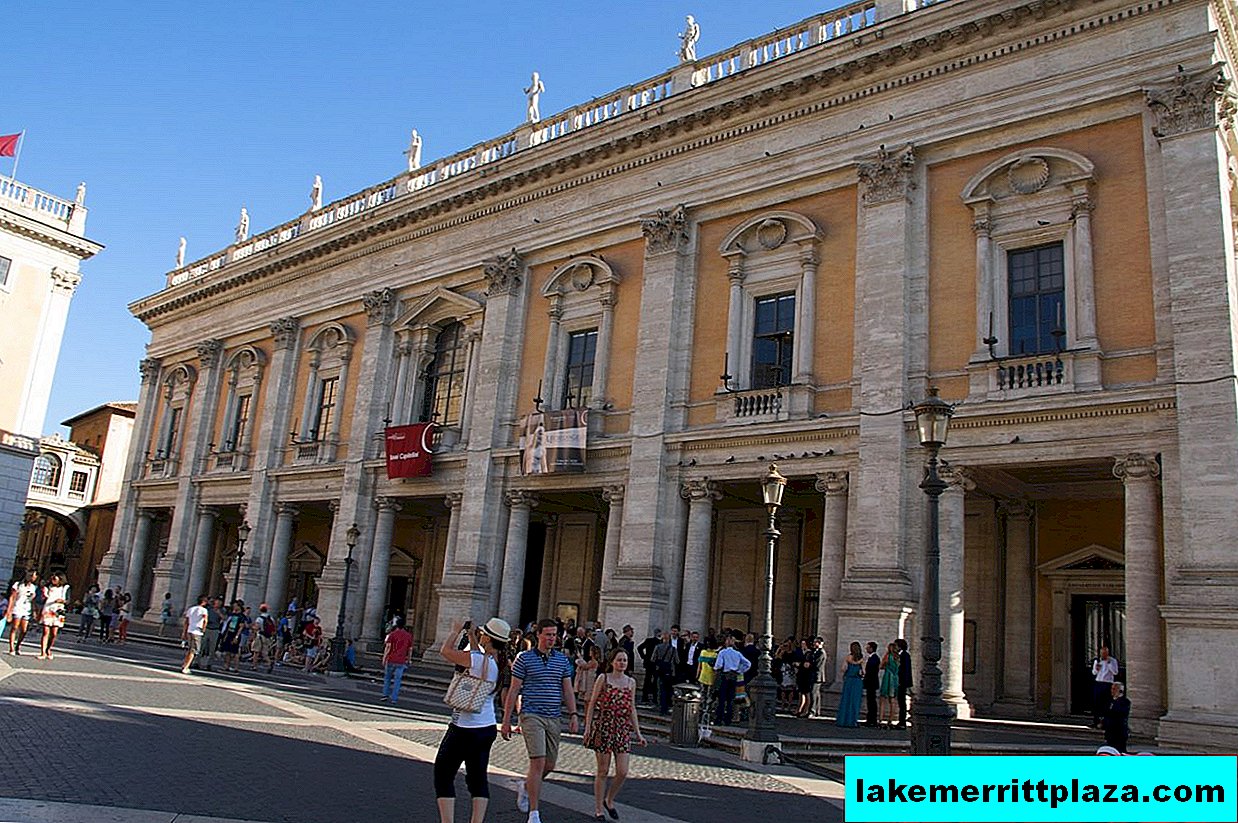
The Palazzo dei Conservatori
The building of the Palace of the Conservatives (Palazzo dei Conservatori) was rebuilt in 1574-99 by the design of Michelangelo by the architect Giacomo della Porta. The facade was decorated with porticoes and arches; marble sculptures are installed on the ledge behind the balustrade. In the palace today is the original statue of Marcus Aurelius (II century), a copy of which is installed in the center of Capitoline Square.
New palace
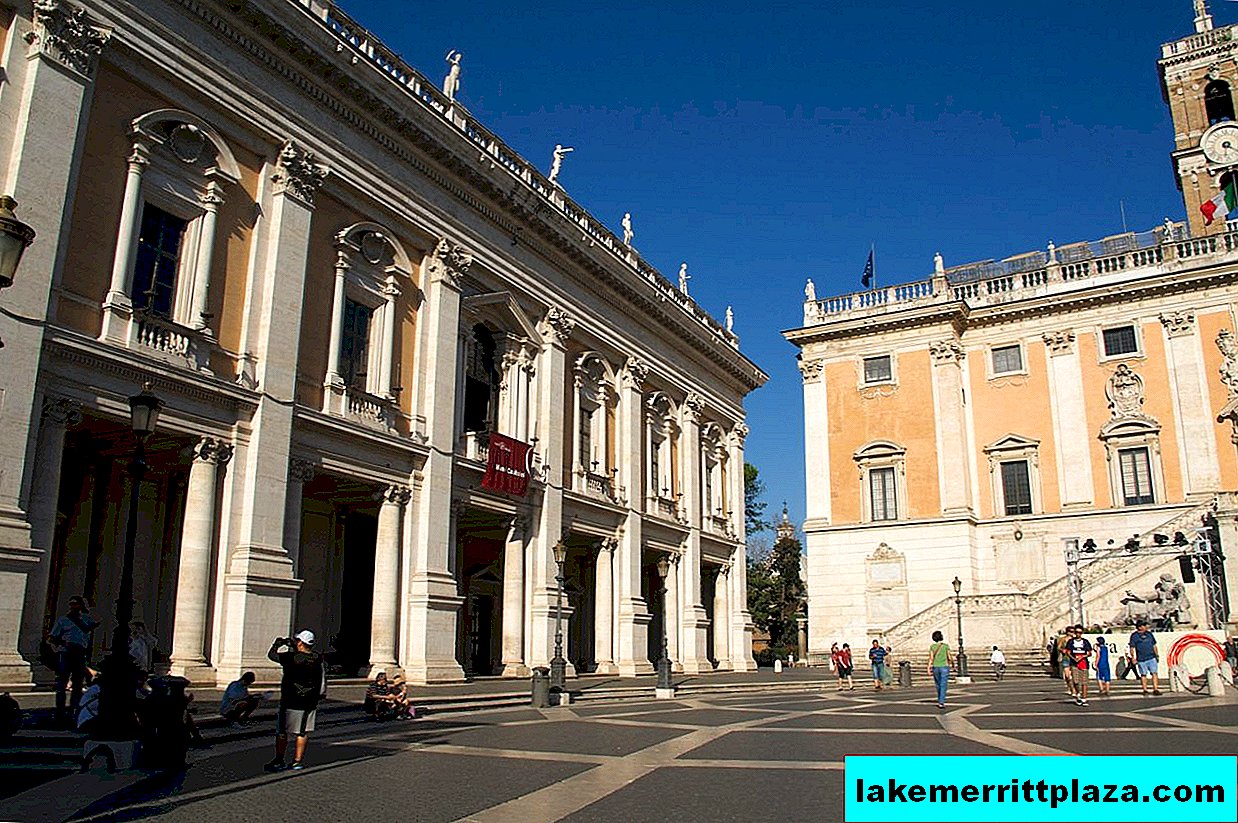
Palazzo Nuovo
Opposite the Conservatory Palace, on the other side of the square, stands New Palace (Palazzo Nuovo). The palace was built according to the design of Michelangelo from 1571 to 1654. It was originally intended for the art museum. The exposition gradually grew so large that it occupied all the surrounding buildings.
Statue of Marcus Aurelius

Head of Marcus Aurelius
In the center of the square stands the powerful monument of Marcus Aurelius - the work of an unknown sculptor, which dates back to the 2nd century A.D. At the direction of the Pope, this equestrian statue was erected in the 16th century against the will of Michelangelo, who did not foresee it in his architectural ensemble.
Cordonata

Cordonata Staircase
A wide gently sloping staircase leads to Capitol Square - Cordonata. The entrance to the steps is guarded by the figures of two Egyptian lions from the temple of Isis. In the middle of the lift on the left side is a statue of a Roman politician, Cola di Rienzo, depicted in a cloak and holding a sword in his hand.
At the very top of the stairs are statues of the Dioscuro brothers Castor and Pollux. Sculptures of ancient heroes were found in the theater of Pompey, during excavations of the XVI century.
Another antique statue was adapted by the architect della Porta under the fountain - this is the statue of Marforio (1st century AD). At first, the fountain was installed in front of the Conservatory Palace, but in the XVIII century it was transferred to the courtyard of the Palazzo Nuovo.
How to get there
Capitoline Square is within walking distance of the Colosseum, the Roman Forum and Venice Square.
You can take metro line B to Colosseo Station;
by bus: 30, 51, 81, 83, 85, 87, 118, 160, 170, 628, 810 - to Ara Coeli-Piazza Venezia;
by tram 8 to the final stop of Venezia.

